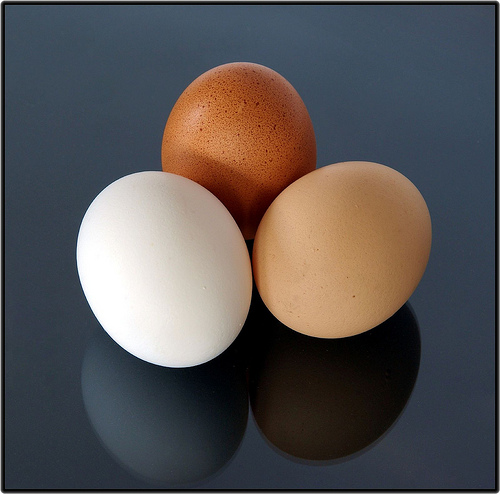I’m on a home-brewing KICK! And now I’m going to talk about homemade wine. I never really have done a whole lot with homemade wine before, but that’s mostly just because I’m not really much for wine. I’m a beer man, but it’s a pretty cool experiment to try and make your own wine. There are even a bunch of recipes out there for making wine with juice concentrate and bakers yeast, but I REALLY don’t recommend doing that. Unless you’re in prison. Then: knock yourself out.
For the rest of us, getting a good kit is essential for getting decent wine out of your experiment. There are even some very fancy sets out there that give you special wine pressing equipment and all of that. I’m not going to get into anything that crazy, but I can recommend a great beginners kit that I haven’t personally used but that a friend of mine has used with great success. It’s called the Strange Brew Wine Making Kit, and as a homebrewer, I can tell that this thing is well worth the money and time.
One thing that is great about this set is its simplicity. Some sets are full of confusing home brew components that can make the whole process seem way more complicated to a newbie than it has to be, and there’s really no good reason for that. Another thing that I love is that it has a glass carboy. The carboy is the thing that you’re doing the actual fermentation in before you do the initial bottling, and having a glass one is great because it allows you to actually see the fermentation going on. When it comes to wine fermentation, this is a great way to keep an eye on the fermentation process so you can see when it’s done. Aside from that, this kit has a very sturdy build and none of the parts that come with it are built out of that cheap, shaky plastic that makes you shake your head in shame at having spent money on them.


